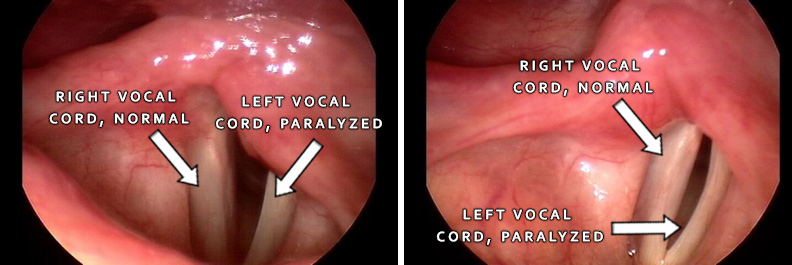

Patients are advised to try swallowing rather than clearing their throat.
SURGERY FOR DEEPER VOICE PROFESSIONAL
In cases where people use their voice on a professional basis, such as for acting or singing, five days of complete voice rest is recommended.

This means not singing, talking, or even whispering at all. Some of the important measures are described below.ĭoctors advise that patients rest their voice completely for the first three days after surgery. scarring of the vocal cords with permanent change in voiceįor patients to benefit fully from their vocal cord surgery, it is important that they follow certain recommendations soon after surgery.unanticipated injury to the vocal cords.pressure on the tongue from the laryngoscope causing numbness: this may persist for some weeks but normal sensation usually returns.haemorrhage from the operative site: this is rare unless the tumor is very vascular.infections: these do not usually occur in a sterile operating environment.anesthesia risks such as cardiac arrest, medication reactions or hypotension: these are serious and may be life-threatening, but the risk is small and an emergency team is on hand to deal with such situations.Like any surgery performed under anesthesia, vocal cord surgery carries its own risks: It was originally developed for transgender patients who desired to undergo treatment to help them become externally female. It is used to treat patients who desire a more feminine or even neck line. Laryngology 101 - Medialization Laryngoplasty PlayĪ reduction laryngoplasty is a procedure used to reduce the protrusion and height of the Adam’s apple. The procedure is usually performed in an operating theatre but may also be done in the doctor’s office. Excision may be performed using lasers, or with long narrow endoscopic instruments. While it is used for diagnosis, it is also employed with the objective of excising or removing a mass lesion from the vocal cords, such as a tumor or other swelling. This procedure involves a detailed examination of the vocal cords under magnification, using a microscope or endoscope, or a video camera. Some examples of surgical techniques that may be used to treat disorders of the vocal cords are described below. The treatment of these conditions may require surgery. Vocal cords may become damaged or strained, and are also subject to conditions such as growths and infection. In women and children, these cords are shorter and thinner than in men, resulting in higher-pitched voices. The pitch of the voice depends on the frequency of these vibrations. The folds vibrate as exhaled air from the lungs is passed through them, and this vibration brings forth sound, or voice.

They are mainly responsible for the production of sound. The vocal cords are two narrow folds of muscle covered with mucous membrane which are situated side-by-side inside the voice box or larynx, guarding the entrance to the windpipe.


 0 kommentar(er)
0 kommentar(er)
